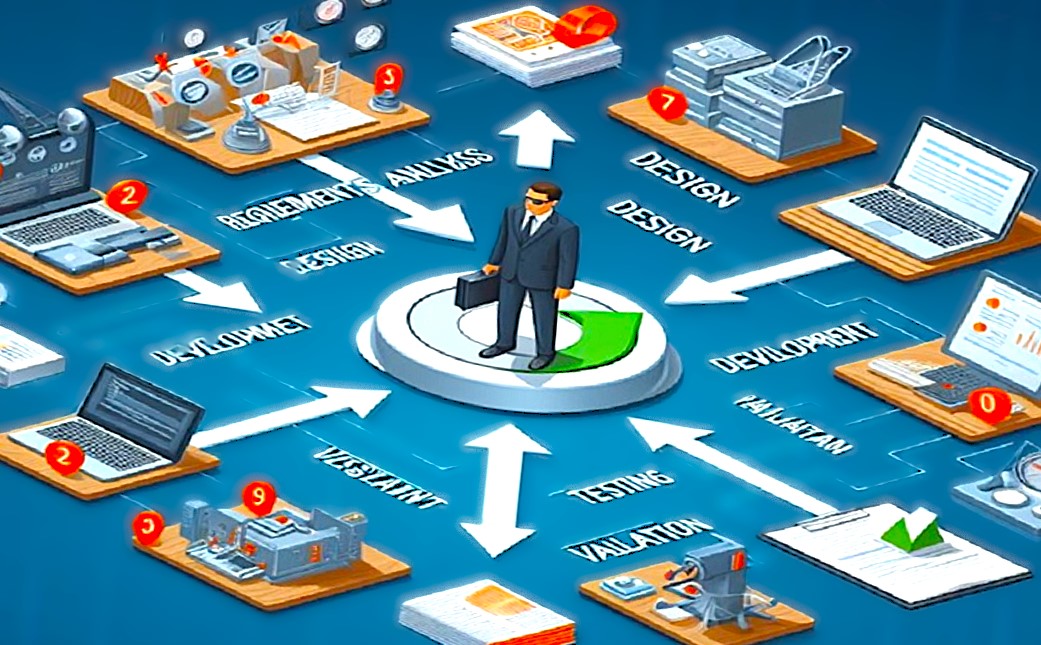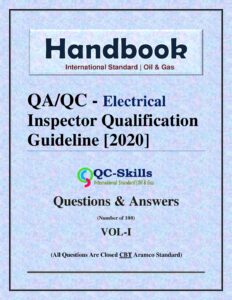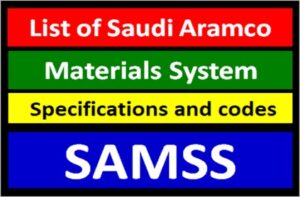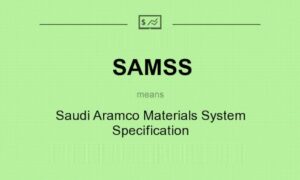
In today’s dynamic business environment, Quality Management is more than just compliance—it’s a strategic enabler that drives business success.
C-Level leaders and organizations rely on the Quality function to provide insights, improvements, and risk management strategies that support sustainable growth.
Here are 10 critical elements the Quality function must deliver to leadership and the entire organization:
Strategic Quality Vision
Quality must align with the organization’s strategic goals. A clear vision ensures that quality initiatives support business objectives, drive performance, and enhance brand reputation.
Data-Driven Insights & Reporting
C-level executives need real-time analytics to make informed decisions. Quality teams must leverage digital tools to provide dashboards, KPIs, and trend analyses that highlight strengths, weaknesses, and opportunities.
Risk Management & Compliance
From regulatory requirements to operational risks, the Quality function plays a critical role in identifying, assessing, and mitigating risks that can impact the organization’s reputation, financials, and sustainability.
Customer-Centric Quality Approach
Quality is directly linked to customer satisfaction. By gathering and analyzing customer feedback, complaints, and expectations, the Quality function helps ensure that products and services exceed customer demands.
Process Excellence & Continuous Improvement
By implementing Lean, Six Sigma, and Kaizen, Quality leaders drive operational efficiency while reducing defects, waste, and inefficiencies. This improves productivity and overall business performance.
Cost of Poor Quality (COPQ) Analysis
Quality failures can be expensive—from rework and scrap to customer dissatisfaction and legal liabilities. By highlighting COPQ, the Quality function helps leadership understand the financial impact and prioritize corrective actions.
Integration of Digital & Smart Quality Systems
In the era of Industry 4.0, integrating AI, automation, and ERP systems into Quality Management streamlines operations, reduces manual errors, and enhances compliance tracking.
Cross-Functional Collaboration & Engagement
Quality is not just a department—it’s a shared responsibility. The Quality function must work with Engineering, Operations, HR, and other departments to embed quality into every function.
Agility in Quality Management
Markets, supply chains, and regulations are constantly evolving. The Quality function must be adaptive, ensuring that the organization is resilient and can respond to uncertainties and disruptions.
Building a Quality-Driven Culture
Beyond processes and systems, culture is key. Leadership commitment and employee engagement in quality initiatives are essential for long-term business excellence.
Final Thoughts
A strong Quality function empowers organizations with insights, risk control, customer focus, and efficiency improvements. It’s not just about meeting standards—it’s about creating value at every level.
What’s your take on this? How can the Quality function further support leadership and business success? Let’s discuss in the comments!






